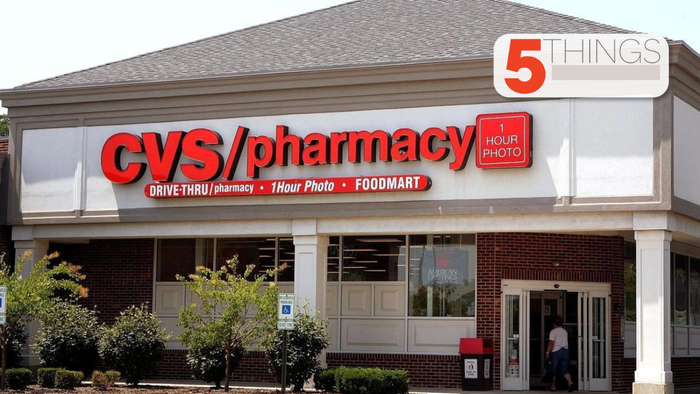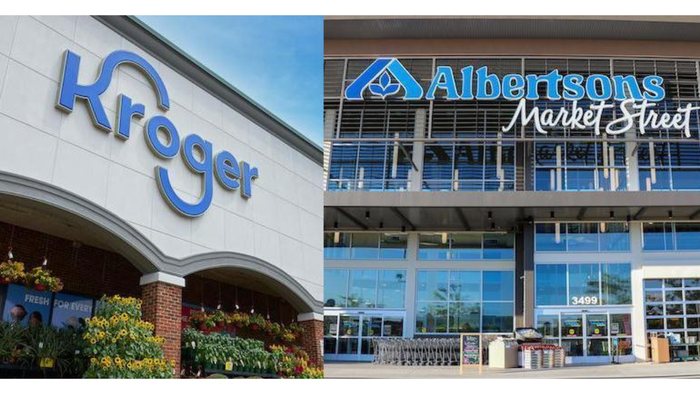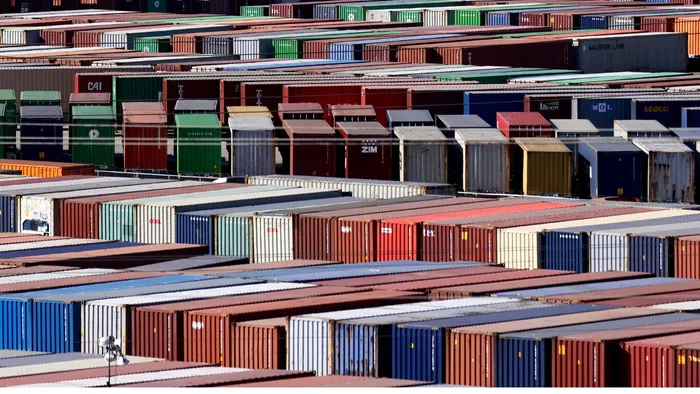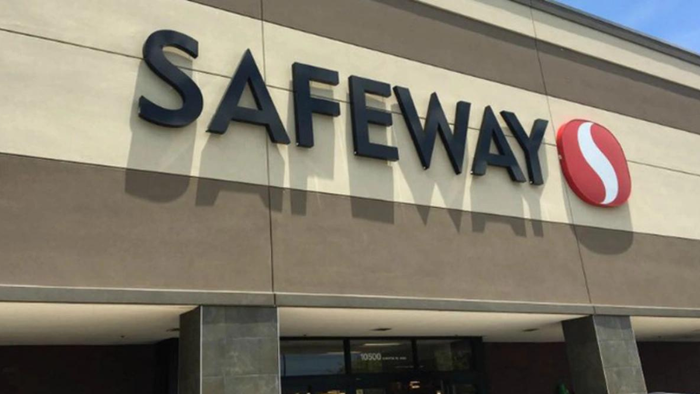FDA, CDC narrow romaine lettuce warning
New labeling program allows return to marketplace
November 27, 2018

The Food and Drug Administration and the Centers for Disease Control and Prevention are lifting an advisory urging consumers to stop eating romaine lettuce due to possible E. coli contamination.
After talks with major leafy greens producers and distributors and produce industry trade groups, the FDA and CDC said yesterday that they have instituted a voluntary labeling agreement in which romaine lettuce entering the market will now be labeled with a harvest location and a harvest date.
In continuing their investigation over the Thanksgiving holiday period following the Nov. 20 warning on romaine lettuce, the agencies believe they have narrowed down the source of the affected products. Preliminary traceback information indicates that the contaminated lettuce was harvested in the Central Coast growing regions of northern and central California, they said.
“Romaine lettuce that was harvested outside of the Central Coast growing regions of northern and central California does not appear to be related to the current outbreak. Hydroponically and greenhouse-grown romaine also does not appear to be related to the current outbreak. There is no recommendation for consumers or retailers to avoid using romaine harvested from these sources,” the FDA said in a statement.
Under the labeling agreement, growers, processors, distributors and retailers are being urged to “clearly and prominently” label all individually packaged romaine products to identify the growing region and the harvest date for romaine lettuce. Also to indicate the growing region, they agreed to label at the point of sale when it’s not possible for romaine lettuce suppliers to label the package, such as for individual, unwrapped whole heads of romaine lettuce sold in retail stores.
Consumers, retail stores, restaurants and foodservice operators are being asked not to eat, buy or use romaine lettuce that doesn’t have this information and, if already purchased, to discard it or return it to the place of purchase.
“The labeling will identify the origin of the romaine based on harvest region, along with the date of harvest. This can improve the ability of the FDA to provide more targeted information to consumers in the event of a future outbreak of illness,” FDA Commissioner Scott Gottlieb stated. “The FDA also has commitments from the romaine lettuce industry that such labeling will continue into the future and become the standard for their products.”
The United Fresh Produce Association noted that the voluntary labeling agreement will allow for romaine lettuce to return to the market.
“The labeling agreement was negotiated by a number of romaine grower-shipper-processors, who have each pledged to label their romaine products with the region where grown and approximate harvest date. This will allow FDA to communicate to consumers that product coming back into the marketplace could not have been related to the outbreak earlier this fall,” United Fresh said in a statement yesterday. “A number of produce associations have also agreed to support this initiative and are recommending that all industry members throughout the supply chain follow this same labeling program.
“The voluntary labeling agreement is one illustration of industry and government working in partnership to ensure consumers have access to romaine that was not implicated in the outbreak,” the Washington, D.C.-based trade group added.
Issued as a blanket warning, the Nov. 20 food safety alert on romaine lettuce created a stir just before the Thanksgiving holiday as consumers, stores, restaurants and foodservice establishments were forced to discard all romaine products — including salads and salad mixes containing romaine — because of risk of infection with E. coli O157:H7.
The CDC said that 43 people in 12 states have been infected with the outbreak strain of Shiga toxin-producing E. coli O157:H7 and 16 have been hospitalized, including one person with kidney failure. No deaths have been reported.
“CDC continues to work with states to collect information from ill people and test the bacteria making people sick to determine if those people are part of this outbreak. This information may provide clues that FDA can use to trace back the romaine lettuce,” the CDC said in a statement. “FDA and states are working to trace back romaine lettuce that ill people ate in the current outbreak. At this time, no common grower, supplier, distributor or brand of romaine lettuce has been identified.”
The Public Health Agency of Canada and the Canadian Food Inspection Agency also are coordinating with U.S. agencies as they investigate a similar outbreak in Canada.
“In addition to the labeling agreement, the industry and FDA have agreed to work together to continue improvement in the tracking and tracing of romaine lettuce through the supply chain,” according to United Fresh. “We recognize that the greatest challenge we face is motivating case identification to be retained by end customers at the point of sale, thus enhancing all of our ability to quickly trace produce from point of sale to the grower. Case labeling today often provides this vital information, but too often that information is not captured and retained at point of sale, thus complicating traceback. Improved data capture at all supply chain points is a prerequisite to leveraging technology that can quickly illuminate supply chain pathways.”
The FDA’s Gottlieb said the leafy greens industry has agreed to form a task force to find solutions for long-term labeling of romaine lettuce and other products to help identify them and implement standards for traceability.
“The task force will also examine information from this outbreak to identify measures that led to its occurrence and how to prevent ongoing safety problems with romaine lettuce,” he said. “One outcome could be to extend the commitment for labeling for origin and date of harvest to other leafy greens.”
About the Author
You May Also Like






